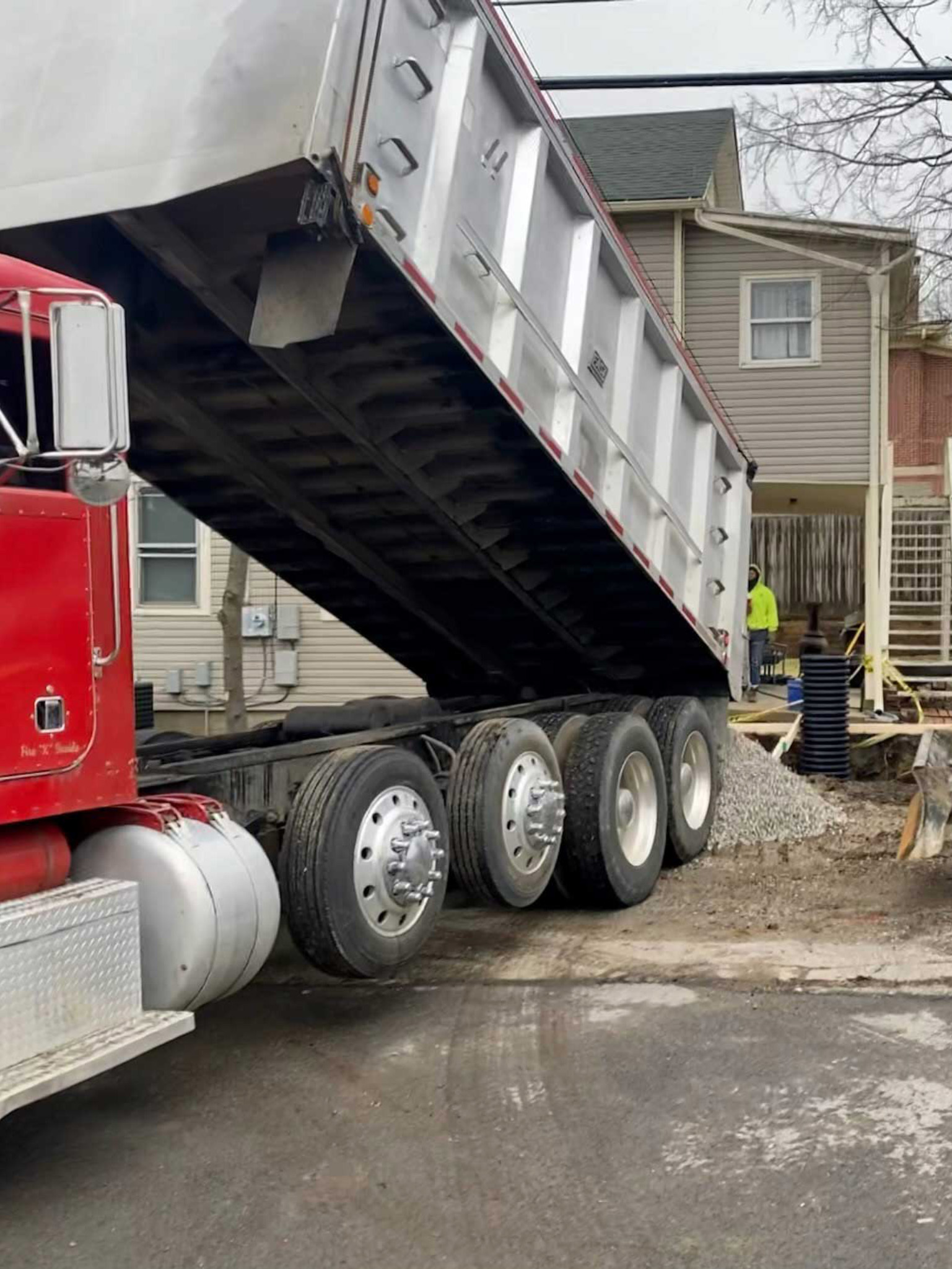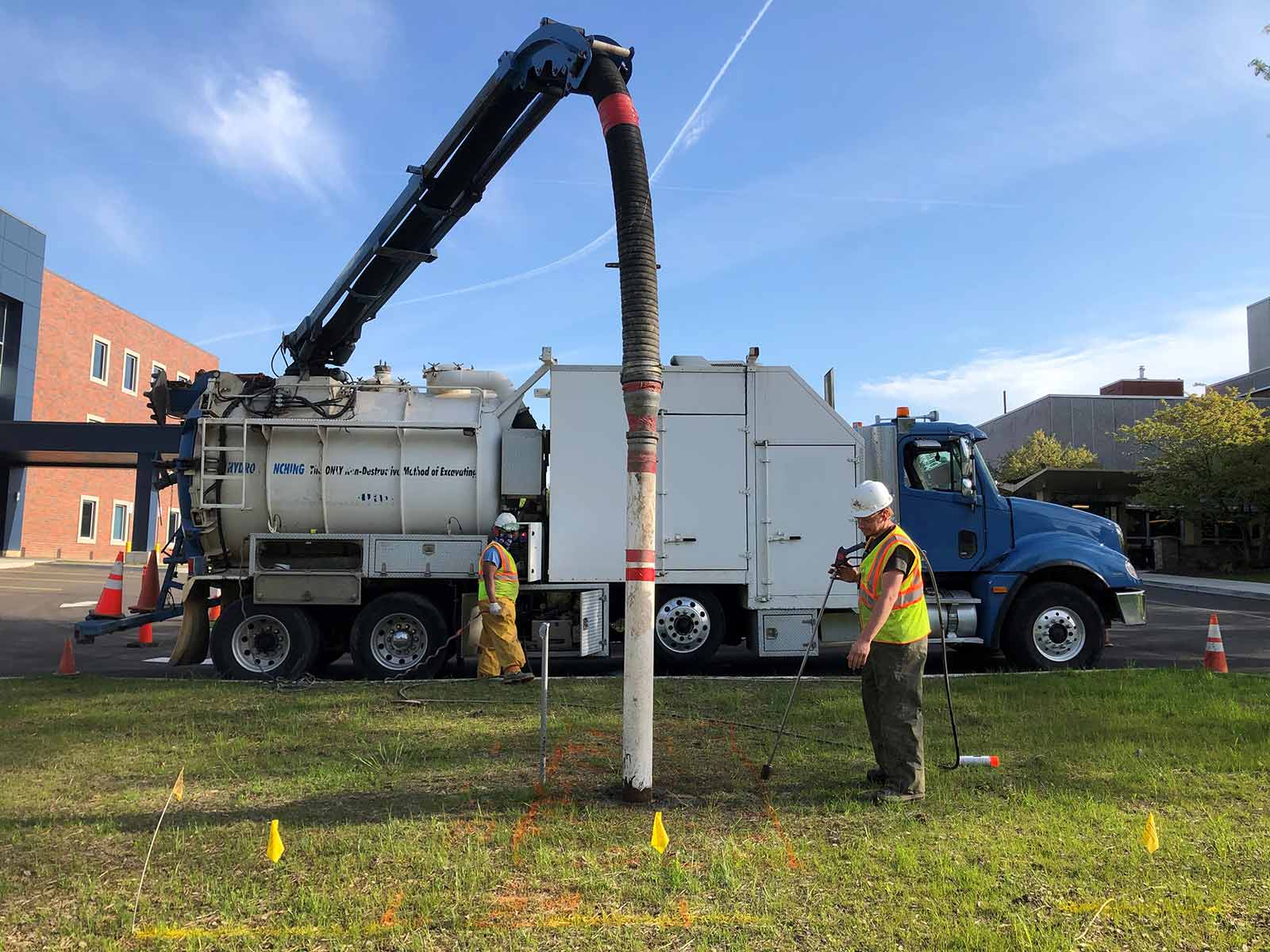Excavating Ohio - Top Excavation Professionals for Ohio Projects
Excavating Ohio - Top Excavation Professionals for Ohio Projects
Blog Article
Comprehensive Excavation Techniques: Grasping the Principles for Success
In the world of construction and civil design, the importance of effective excavation methods can not be overemphasized. The careful planning, exact implementation, and meticulous interest to detail called for in excavation tasks demand a detailed strategy that encompasses various essential facets. From initial soil evaluation to the execution of safety procedures and normal progress tracking, grasping these core aspects is important for attaining success in any excavation venture. The real proficiency exists not just in recognizing these principles however in effortlessly incorporating them to browse the complexities of excavation projects with finesse.
Understanding Excavation Task Planning

The preliminary phase of any type of excavation project is the planning stage, where important choices are made that can significantly impact the result of the job. Recognizing the task extent, timeline, and budget constraints is important for developing a thorough excavation strategy that ensures the project's success.
One secret aspect of excavation job preparation is the development of an in-depth timeline that lays out the sequence of turning points, due dates, and tasks. This timeline works as a roadmap for the job group, enabling them to track progression and make needed modifications to ensure the job remains on timetable. Additionally, a distinct budget plan that represents all expenses, consisting of tools service, labor costs, and products, is vital for staying clear of expense overruns and hold-ups. By very carefully taking into consideration all these aspects during the preparation stage, excavation tasks can be carried out efficiently and properly, causing effective end results.
Dirt Evaluation and Site Assessment
Performing extensive dirt evaluation and site analysis is a crucial action in the preparation phase of any type of excavation task. Dirt analysis involves determining the make-up, structure, and buildings of the soil at the excavation site. This info is critical for understanding the soil's bearing capacity, moisture content, and capacity for erosion, which are crucial consider establishing the excavation methods and equipment needed for the job.
Website evaluation goes beyond soil evaluation and incorporates a broader assessment of the general website problems. This evaluation includes determining any potential hazards, such as underground energies, ecological worries, or unpredictable surface, that can influence the excavation procedure. By thoroughly assessing the website, job supervisors can create effective excavation strategies that prioritize safety and security, efficiency, and environmental management.
Using advanced modern technologies like ground-penetrating radar, soil sampling, and drone studies can improve the precision and effectiveness of dirt analysis and website analysis. Spending time and resources in these preliminary steps can eventually conserve time and avoid pricey delays or problems throughout the excavation procedure.
Tools Option and Usage
Efficient excavation projects count greatly on tactical tools choice and utilization to ensure ideal efficiency and efficiency. Choosing the best tools for the task is essential in optimizing efficiency and decreasing downtime. Elements such as the sort of soil, deepness of excavation, and project extent play a considerable duty in figuring out the most appropriate tools for the task handy.

In addition to selecting the suitable equipment, proper utilization is key to project success. Operators needs to be educated to take care of the tools securely and effectively - dump truck companies in ohio. Regular upkeep checks and timely repair services assist protect against malfunctions and guarantee constant performance throughout the project
Precaution and Rules Conformity
In the realm of excavation projects, focusing on security steps and compliance with regulations is extremely important to making certain a safe and secure and legitimately audio functional atmosphere. Safety measures incorporate a variety of methods, including performing comprehensive website evaluations, executing proper signs and barriers, and providing appropriate safety training for all employees included in the excavation procedure. Adherence to guidelines, such as OSHA requirements in the USA, makes sure that the excavation project fulfills the required criteria to secure workers, spectators, and the surrounding atmosphere.

Surveillance Progression and Adjusting Approaches
How can forecast managers successfully track the advancement of excavation jobs and adjust their methods as necessary to optimize outcomes? Monitoring progress is important for guaranteeing that excavation jobs stay on track and fulfill next target dates. Job managers can make use of numerous devices and techniques to track progression, such as day-to-day progress reports, regular site inspections, and progressed monitoring visit here modern technologies like drones and general practitioners tracking systems. By constantly keeping an eye on the task's innovation, managers can identify any prospective delays or concerns early and take positive steps to resolve them.

Verdict
Finally, grasping the basics of extensive excavation techniques is necessary for the success of any type of job. By recognizing task preparation, assessing dirt and website problems, picking proper devices, abiding with safety and security laws, and keeping an eye on progress, task supervisors can guarantee a smooth and reliable excavation procedure. Executing these approaches will bring about successful end results and reduce potential dangers or setbacks throughout the excavation project.
The first phase of any kind of excavation task is the preparation phase, where crucial decisions are made that can dramatically impact the outcome of the project. Comprehending the task spending plan, timeline, and scope restraints is crucial for producing a detailed excavation strategy that makes sure the job's success.
How can forecast managers successfully track the innovation of excavation tasks and adjust their techniques as necessary to optimize end results? By closely checking progress and being eager to adapt strategies, project managers can enhance the overall success of excavation projects.
By understanding project planning, analyzing soil and site conditions, selecting appropriate equipment, complying with safety policies, and keeping an eye on progress, project managers can ensure a smooth and effective excavation procedure.
Report this page